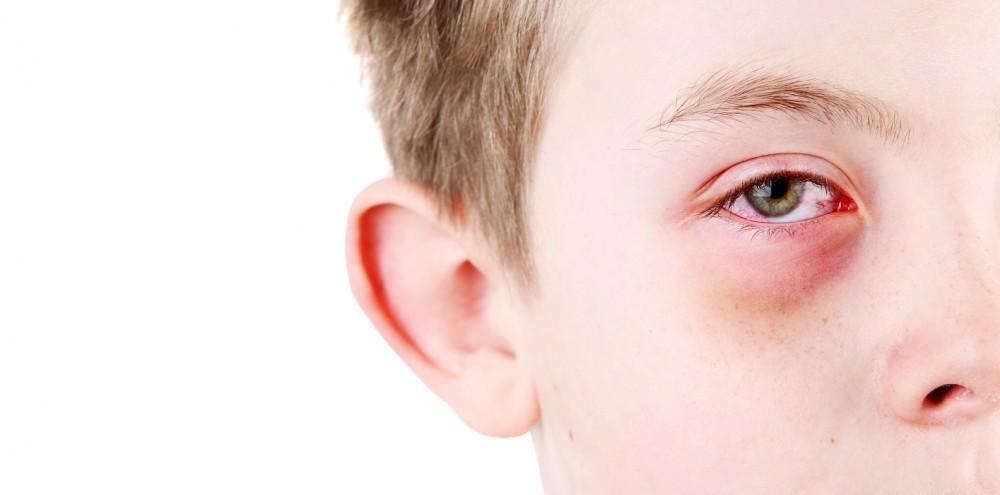
Eye infections are common conditions that can affect different parts of the eye, including the eyelids, cornea, and conjunctiva. These infections can be caused by bacteria, viruses, fungi, or parasites, leading to symptoms such as redness, itching, discharge, and pain. Prompt diagnosis and treatment are essential to prevent complications and preserve vision.
An eye infection occurs when harmful microorganisms invade any part of the eye or its surrounding tissues. Common types of eye infections include conjunctivitis (pink eye), keratitis (corneal infection), stye (eyelid infection), and endophthalmitis (intraocular infection). The infection can be contagious and spread through direct contact or contaminated objects.
Diagnosing and treating an eye infection typically involves the following steps:
While nebulizers are used for respiratory treatments, eye infections are typically managed with other methods, including:
Understanding the causes and treatment options for eye infections helps individuals seek timely medical care, adhere to treatment plans, and take preventive measures to protect their eye health.
© 2021-2025 Wyandotte Urgent Care Clinic. All Rights Reserved. Made With Love by Ignite Marketing Agency.